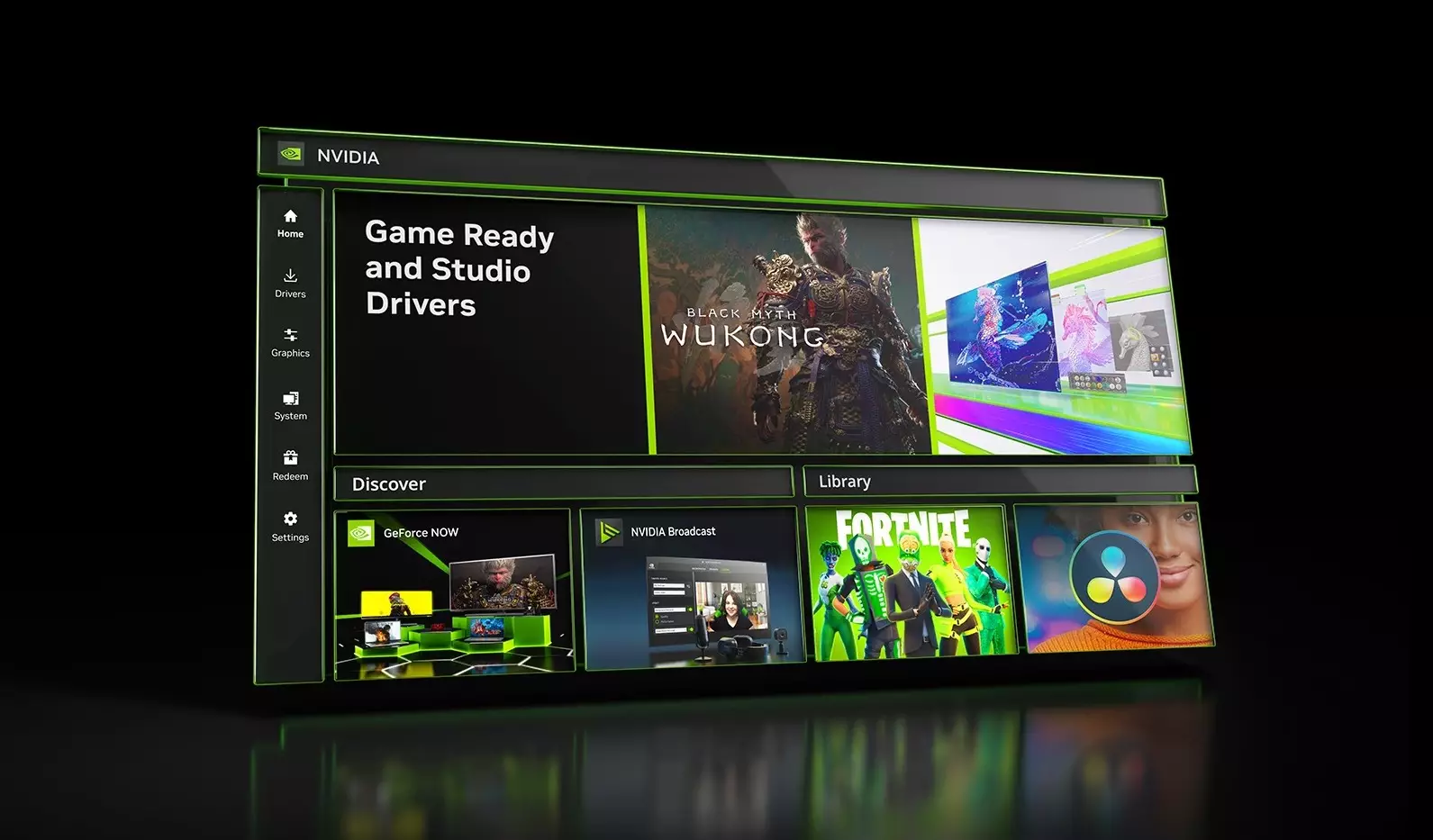Nvidia continues to grapple with a tumultuous landscape of driver updates, as evidenced by the recent release of hotfix driver version 576.26, coming swiftly on the heels of 576.15. This situation exemplifies a larger problem within the gaming and graphics industry—an ongoing struggle to deliver stable and effective software for an increasingly demanding user base. The fact that users are still encountering issues even after a series of hotfixes raises crucial questions about the quality control processes that Nvidia employs. Are they rushing fixes to market at the expense of user experience?
The hotfix 576.15, which was intended to rectify problems primarily associated with the RTX 50-series cards, did address a number of concerns. However, many users reported persistently unresolved issues even after this update. Among the games cited are major titles like Black Myth: Wukong, Red Dead Redemption 2, and Horizon Forbidden West. Nvidia’s ad-hoc approach may provide a quick patch, but the ongoing frustrations indicate a more systemic issue that begs for scrutiny.
A Deep Dive into User Feedback
The community reaction to hotfix 576.26 has been decidedly mixed, as evidenced by a slew of feedback on Nvidia’s official channels. While some users reported that their issues connecting to LG monitors via DisplayPort 2.1 with HDR were resolved, others were quick to point out that problems persisted, particularly with game freezes in Horizon Forbidden West. This dichotomy highlights a significant challenge: the disparity in hardware setups and user experiences that make blanket solutions problematic.
It’s no secret that technology enthusiasts are vocal about their concerns, and Nvidia’s feedback threads are flooded with commentary both praising and lambasting their hotfix efforts. The company’s acknowledgment that these hotfixes go through a truncated quality assurance process may offer some transparency but also raises concerns about the thoroughness of testing. The assurance that the “sole reason” for hotfixes is to deliver timely fixes becomes a double-edged sword; expediency can undermine quality and ultimately detract from the product’s reliability.
The Dilemma of Downloading Hotfixes
Interestingly, the method through which users access these hotfixes introduces yet another obstacle. Nvidia has opted not to publish these hotfixes within their app, leaving users to seek them out actively. This lack of visibility can be frustrating, particularly for less tech-savvy users who might not understand the importance or function of a hotfix driver.
Hotfixes have historically been rare for Nvidia, yet they seem to be becoming more commonplace alongside recent driver iterations such as 576 and 572. The inconsistency in their release raises eyebrows; it hints at possible underlying pressures to appease a customer base that is becoming less tolerant of flaws in software that directly impacts the quality of gameplay.
The Quality Assurance Conundrum
Nvidia’s self-admitted hurry in releasing hotfixes does not bode well in an industry where user experience can make or break brand loyalty. Notably, the company emphasizes the importance of waiting for WHQL-certified drivers, which guarantee a more rigorous testing phase. However, this discourse leads to the paradox of modern technology—users want instant solutions in a world that prefers quick fixes over in-depth quality assurance.
The notion that hotfix drivers are beta and provided “as-is” is a glaring reminder that Nvidia is operating in a space where they’re challenged to meet the demands of gamers amidst rapid technological advancements. Nevertheless, the expectation is not just to deliver any solution, but to offer a reliable, stable product that enhances the gaming experience, rather than fragments it.
The Road Ahead for Nvidia
As we look toward the next official driver release, patience is paramount. Gamers deserve robust and stable driver options, and this situation should prompt Nvidia to reassess its approach. A reflection on the quality of their hotfix rollout could pave the way for more intentional releases that prioritize user experience over speed. Will Nvidia take heed, or will the cycle of hotfixes persist? Only time will tell, but there remains a pressing need for the industry to move beyond reactive quick fixes and strive for a proactive commitment to software excellence.


Leave a Reply